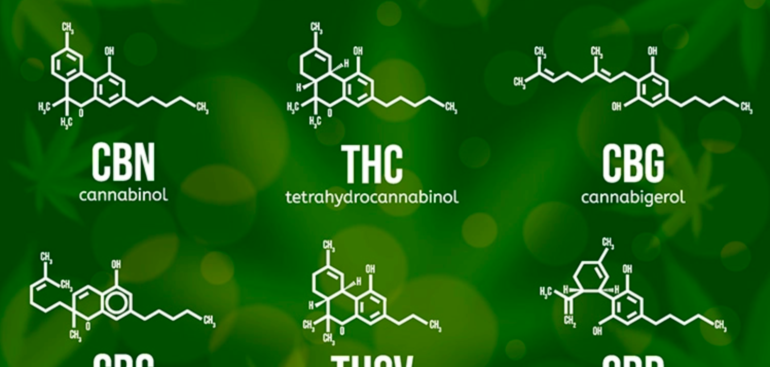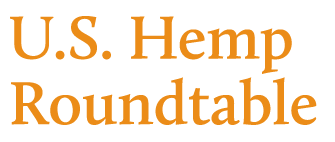Latest
Hemp’s Role in US Marijuana Price Crash
PanXchange Blog
Analysis By Seth Boone, PanXchange
US recreational and medical marijuana markets have expanded significantly with 19 states now allowing recreational and 35 states now allowing medical access. In addition, federal legalization continues to be a likely development this decade. These developments have spurred rapid market growth within cannabis with Colorado markets peaking at $2.2 billion in revenue in 2021. Simultaneously, hemp cannabinoid processors and manufacturers quickly built up a massive oversupply of CBD in 2019 that still lingers within the market.
The hemp oversupply crashed CBD prices to the point where it is a lucrative input to be converted to meet THC demand in the form of THC isomers and other unique cannabinoids such as HHC.
Meanwhile, the lack of clear regulation in both marijuana and hemp markets allowed processors to successfully arbitrage the price difference and convert CBD to delta-8 and similar cannabinoids with minimal legal reprimands. In addition, hemp-derived cannabinoids have also been able to sell in non-legal states due to loopholes within federal regulations.
From 2019 to now, hemp-derived THC and similar products have permeated THC markets throughout the nation to the point where they consist of up to 75% of total hemp cannabinoid demand (roughly 30,000 to 45,000 KG of CBD Isolate per month).
Marijuana prices have declined in every legal market even before delta-8, but delta-8 has undoubtedly intensified downward pressure upon the market. For example, Colorado’s marijuana market has since declined from its 2021 peak with prices declining by 46% for quality flower in 2022. Thus far, revenue is 20% behind last year’s pace, and prices continue to fall. As a result, many states, like Colorado, have banned hemp derived psychoactive cannabinoids, but industry reports suggest they have done little to slow transactions in both retail and bulk markets.
Going forward, the dynamic between hemp and marijuana cannabinoids will only grow more complicated. Minnesota is an excellent example. Hemp-derived THC has been allowed to infiltrate the market as long as it is below the legal threshold per serving. The market has taken off, but true sales figures are still developing. However, we do know that hemp-derived THC has been trading into the market at prices vastly cheaper than if sourced from marijuana.
Market turmoil has wreaked havoc upon hemp processors, but hemp cannabinoids now have the outright price advantage into all potential US THC markets. Sales for hemp-derived THC and similar products appear set for continued growth and will be relevant to any new state or federal regulations that arise.
As of now, regulations mostly attempt to separate marijuana and hemp cannabinoids. But there is growing sentiment that all cannabis cannabinoids should be regulated together. We suspect that combined regulations will be entertained at state and federal levels going forward, and hemp cannabinoid firms would be wise to prepare to address any accompanying opportunities. However, marijuana firms will likely lobby to prevent hemp from displacing their market share.






